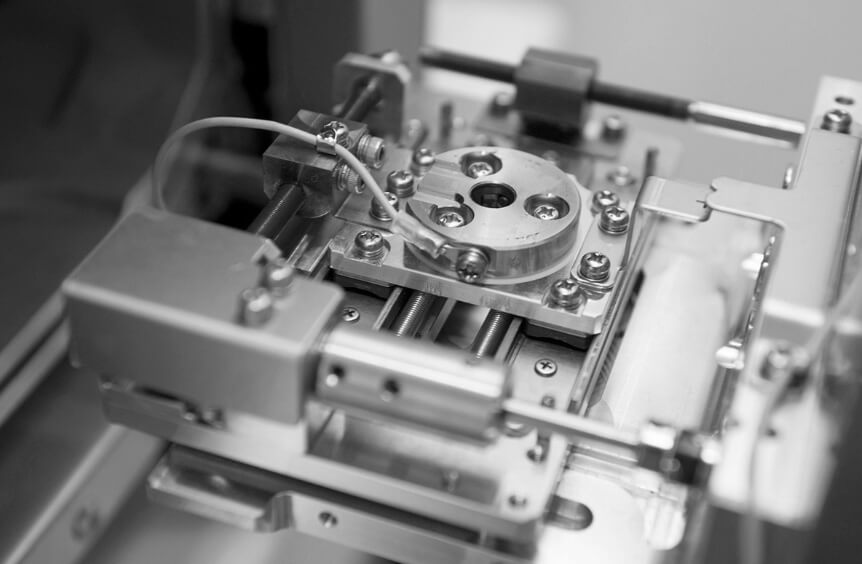
Do you want to analyze your products?
Our experts will help you choose the techniques to use and answer your questions
Request a study
Do you want to analyze your products?
Our experts will help you choose the techniques to use and answer your questions
Request a studyCarbon 14 dating of a work of art is involved in its authentication. Radiocarbon dating is used for wood, ivory, bone, paper, textiles… and all organic materials. The analytical approach of a work of art is global. In addition to carbon-14 dating, our teams of scientists can determine the nature of the materials through chemical analysis, observe the internal structure of an object through X-ray or 3D scanning, and identify areas of restoration or reassembly through scientific imaging.
Analysis and dating of a work of art will vary according to the materials used. We will encounter datable materials: wood, ivory, textile, terracotta, ceramics, porcelain… Carbon-14 dating will be used for organic materials (wood, ivory…) and thermoluminescence will be used for heated minerals (terracotta, ceramics…). There are also non-datable materials, such as stone, metal, glass. For these materials, we will use scanning electron microscopy (SEM-EDX) and microanalysis to identify the material, measure its degree of deterioration and define the origin of this degradation. These studies correspond to an age test or authenticity test.
Physical dating is a majority part of archaeometric issues. The chronological information obtained is preponderant for the understanding of archaeological sites. Our carbon-14 laboratory studies and dates all organic archaeological artifacts, such as wood, charcoal, bones, plant residues, peat, shells… Our luminescence dating laboratory (TL and OSL) will date archaeological furniture, constructions (oven, walls, foundations…) and sediments and paleosols.
Analysis of art and heritage objects, archaeological artifacts or industrial biosourced products requires different methods, which can be complementary. Our CIRAM laboratories offer:
Archaeological dating requires a comprehensive expertise that relies on both laboratory equipment and the experience our staff.
CRIAM laboratories quantify, verify and certify biobased industrial products in many fields, such as biopolymers, biofuels, solid recovered fuels (SRFs), building materials, paints, varnishes, detergents, bitumens, flavors, fine chemicals, heavy chemicals, food processing, cosmetics. Through radiocarbon analysis, we measure the percentage of natural (bio-based) ingredients versus synthetic (petro-based) materials.
Our laboratories adapt the type of analysis to your materials and your issues:
To attest and guarantee the quality of the analysis of biobased products, CIRAM uses the following international standards: NF EN 16640:2017, ASTM D6866-22, EN ISO 21644:2022, ISO 16620-2:2019, NF EN 16785:2015. The use of these standards attests to the respect of protocols concerning the methods of determination of the biogenic carbon concentration of industrial products, whether liquid, solid or gaseous.
World leader in dating and specialist in the analysis of biobased industrial products, CIRAM has been working in France and internationally since its creation. We adapt our analytical protocols to your needs and issues, as well as to your products. Whether it is for dating works of art, archaeological dating or analysis of biobased products, our teams of scientists combine methods and examinations to guarantee the authenticity of your products. Discover our know-how and experience without delay.